Securing the Best Terms for Farm Tractor Financing
 Financing a farm tractor is a really unique experience because most people who run a farm or ranch get boxed into one of two categories. Either A) you’re a large commercial outfit who produces for companies like Tyson or Costco; or B) you’re the little guy just raising your own chickens or cows.
Financing a farm tractor is a really unique experience because most people who run a farm or ranch get boxed into one of two categories. Either A) you’re a large commercial outfit who produces for companies like Tyson or Costco; or B) you’re the little guy just raising your own chickens or cows.
If you’re in the ‘A’ category, companies like Ag Direct or Farm Credit can offer out of this world rates in exchange for a blanket lien on everything you own (including land and livestock). Let’s just say you’ll be lucky if they don’t ask for your first born. For bigger companies, this represents quite an opportunity cost for farm equipment financing – especially if you’re simply adding tractors.
If you’re the little guy, you still might be able to get in with one of these companies with a large down payment a really short term, and the same blanket lien on everything you have. Smaller farms and ranches usually strive to hang onto as much cash as possible to get them through harvest, making most big advance payments a non-starter.
So why do the major players in the farm tractor financing marketplace utilize these structures so frequently? That’s simple: because they want to turn their out of the box tractor leasing programs into captive financing funnels. You see, once a big company has a blanket lien, and once a small company has committed a large chunk of cash AND a large chunk of ongoing monthly revenues to tractor payments, they HAVE to return to the same lender for financing because they no longer have additional collateral to pledge or money to commit upfront to a new farm implement.
A better way
Farm tractor loans don’t have to be at the cost of pledging everything a farmer has. Moreover, for one man (or one woman) outfits looking to finance, they don’t have to be short term or upfront cost intensive. At American Leasing & Financial, we use a proprietary lending model focused on personal credit (even in the absence of commercial credit), cash flow, and time in business. What’s more: we interview every customer to learn more about their unique situation so that we can understand the return on investment (ROI) opportunity adding a tractor may yield.
For some of our customers, a single tractor may be overworked at more than one land site. For others, they need a larger tractor to cover more ground. We even help farms just getting started that need to add their very first tractor. The point is: when we have a comfort level that the tractor will help make a farmer money, we are able to structure simple, lightly structured farm tractor financing terms.
This approach also allows us to help those with credit challenges. Rather than asking for all of their money and leaving them strapped to make a payment, we might ask that they pledge another tractor as additional collateral. We can even structure their contracts with annual or seasonal payments to help take the bite out of a bill that comes in a non-revenue time of the year.
Wrapping Up
 Getting the best deal on financing for a farm tractor doesn’t have to be rocket science, but it does require thinking outside the box. Instead of focusing in on the best interest rate programs, customers should consider return on investment, steering clear of captive financing traps. By knowing how much revenue you’ll net as the result of leasing or financing a tractor, you’ll already be a step ahead of the pack. Coming to the table with additional collateral to help answer back potential credit issues will also help.
Getting the best deal on financing for a farm tractor doesn’t have to be rocket science, but it does require thinking outside the box. Instead of focusing in on the best interest rate programs, customers should consider return on investment, steering clear of captive financing traps. By knowing how much revenue you’ll net as the result of leasing or financing a tractor, you’ll already be a step ahead of the pack. Coming to the table with additional collateral to help answer back potential credit issues will also help.
At American Equipment Finance, we’re so passionate about farm tractor financing (and financing for farm trucks and other equipment and implements), that we actually created a special financing program just for farmers. Farm Tractor Finance.com is a niche funding processor backed by two dozen boutique funding sources and banks, as well as our own in-house funding arm. We pride ourselves on offering flexible farm equipment lending programs, regardless of credit issues, for startups and established businesses alike. Learn more at www.farmtractorfinance.com OR apply now for an farm equipment approval in as little as 24 hours.






